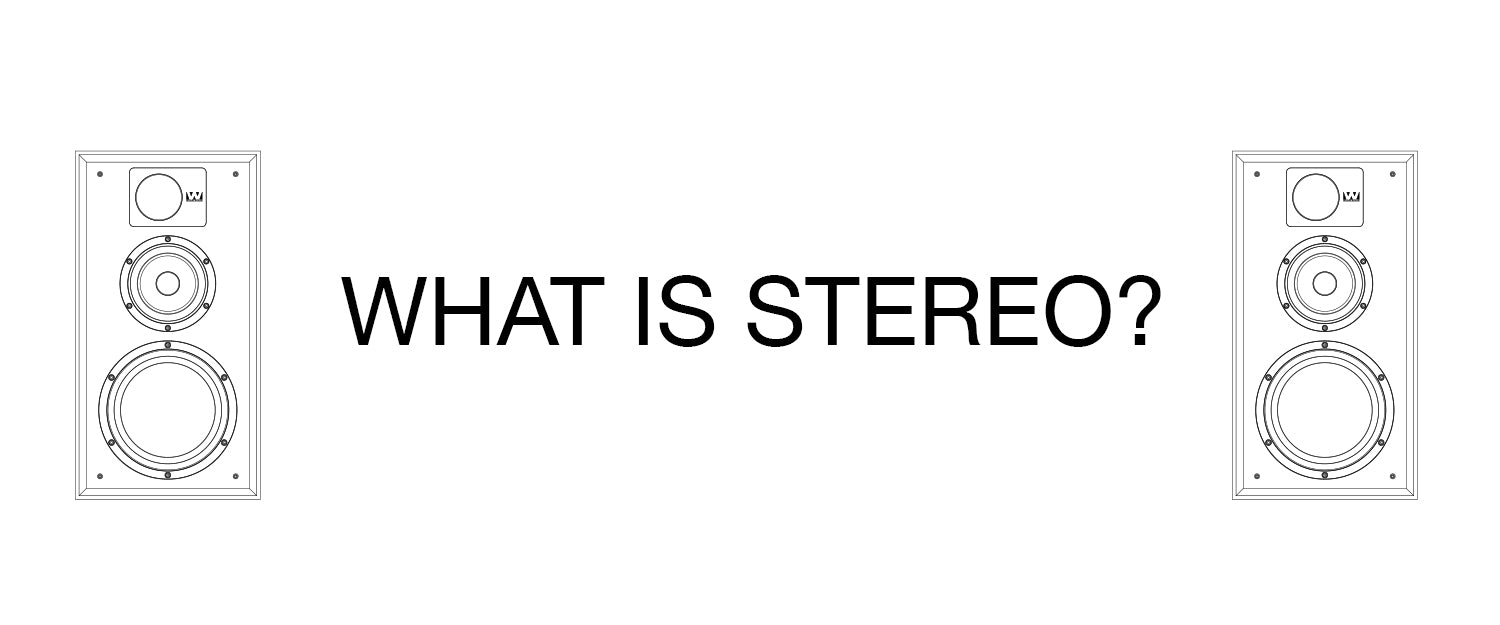What is stereo and why is it important?

A (very) brief history
British engineer Alan Blumlein is at the movies with his wife in the 30s when he notices that the dialogue is coming from one side of the room while the actor on screen is speaking from the other (not very realistic, is it). Alan tells his wife he has a fix on this. 70-some patent claims later, years of testing, and a slew of new technology, stereo is born!
But what is stereo sound?
Very simply, it’s a method of audio reproduction that creates the illusion of multi-directional sound: sounds projected toward you – the listener – from different positions across the soundstage.
So what is a soundstage, you ask?

Example 1.
Picture this, you’re sitting at Hamer Hall before the Melbourne Symphony Orchestra – dead centre, half a dozen rows back. Does the string section come from the same direction as the percussion? No it doesn’t.
Example 2.
Maybe you’re at the Enmore in Newtown and Gang of Youths are belting out a killer set. Again, you’re dead centre, half a dozen rows back. Do David’s vocals hit you from the same angle or have the same depth of sound as Donnie’s drums. Don’t think so.
Get the picture?
That multi-directional projection of sound is what hifi refers to as soundstage. And it’s this three-dimensional listening experience that stereo aims to replicate.
So how does it work?
The power of two. It takes not one but two speakers to create stereo sound. Anything less and you’re only getting mono: mono meaning one or a single projection of sound.
Mono:
A single wall of audio with no depth, no directional difference, lacking in instrument separation and the feel of a live performance. It’s audio without the sparkle.
Let’s break it down with a diagram.

Seated at the apex of this audio triangle, left and right speakers generate a soundstage replicating the dynamics, imaging, and authenticity of live music experiences.
Between left and right speaker you hear your music not as one wall of sound but as seperate instruments and musicians within the soundstage, the way you would if you were seated in the audience.

So why should you care?
Stereo listening is how you lose yourself in recorded music. And while you ( the average punter) might see your favourite band a dozen times in one lifetime, you’ll listen to the album a thousand times over. The question is, will you truly hear it?
Listening to Bach's Fugue in G minor or Pink Floyd's Dark Side of the Moon or even Beyoncé's Lemonade on a single speaker is like looking at the Mona Lisa with dark shades on: all the main bits are there but none of the detail, none of the colour that brings it to life.
There’s a whole technicolour palette to explore thanks to stereo. So, are you ready to explore?





